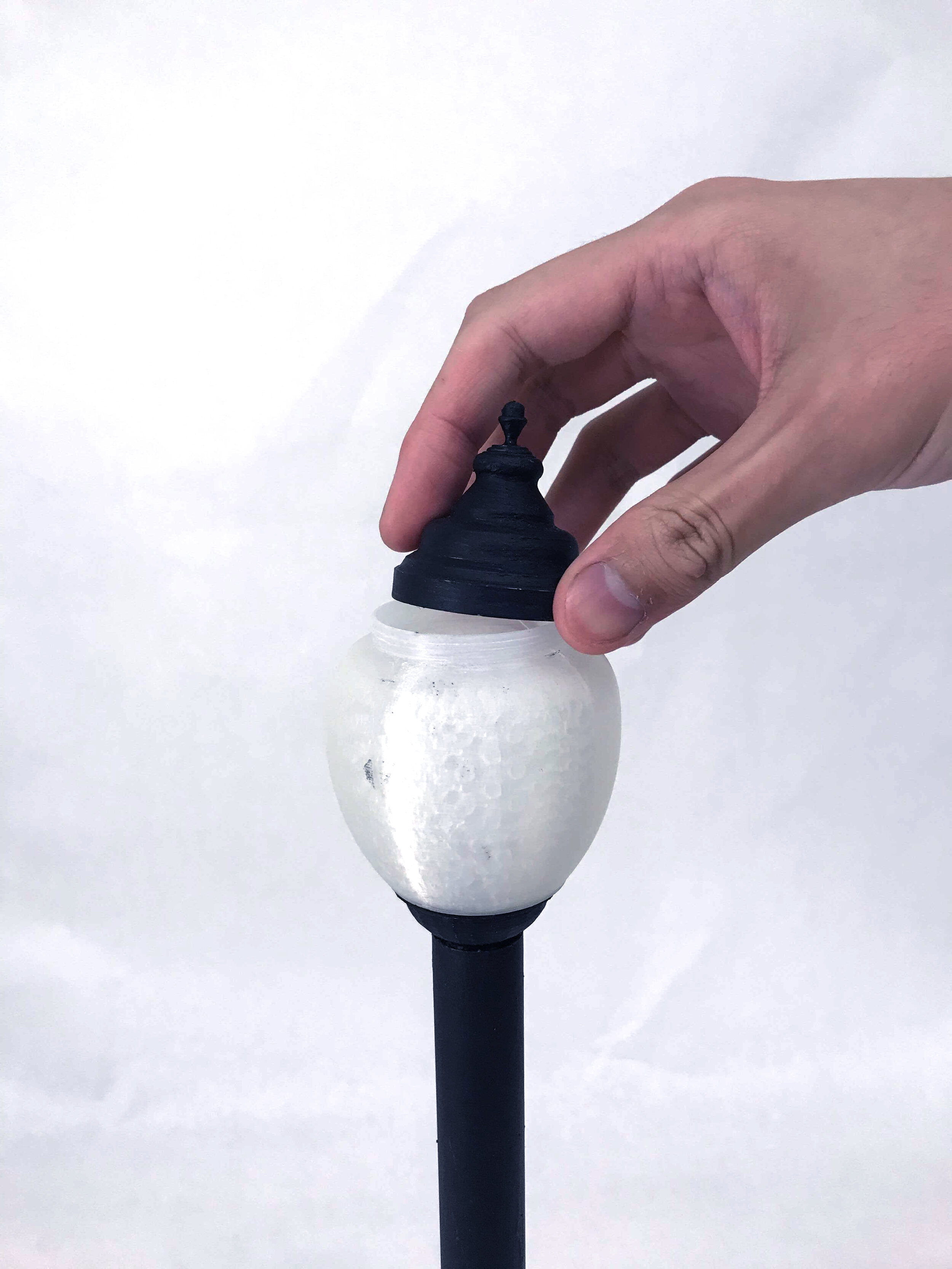Designing Entourage: Lighting
Architectural Design of a Testing Platform for Autonomous Driving
For Architectural Design of a Testing Platform for Autonomous Driving, Collaboration with Dr. Eugene Vorobeychik, Funded by Office of the Vice Chancellor of Research, Interdisciplinary Research Seed Grant, Washington University in St. Louis, McKelvey Hall, St. Louis, MO, 2019-Present
In the last two decades, autonomous driving has advanced from fundamental research to reality, with autonomous cars already on the road in Arizona and California. Autonomous vehicles offer a tremendous promise, with benefits ranging from reducing greenhouse emissions to reducing the number of driving accidents and deaths. However, autonomous driving is still in its early stages, with safety relatively unproven. The core innovation of this project is the development of a miniature physical testing platform to enable intermediate-scale physical experimentation, combining knowledge from computer science and architecture. This scale platform will enable the research team to evaluate the limits of autonomy at significantly lower costs than full-scale experimental facilities. It will also allow for a far greater scope of stress-testing, for example, designing the tests to be explicitly adversarial.
In order to pursue this research, the research team is building a 1:8 scale environment in which to perform tests using an F1/10 model autonomous vehicle of the same scale with a full perceptual stack. The testing platform is 1:8 scale, approximately 30’ by 100’, and under construction in McKelvey Hall to create a variety of scenarios for the car to encounter. This model city will be an immersive environment in which building-form, public space, material characteristics, and atmospheres will be controlled and transform over time, not unlike a film set. The testing track will require material translations between full and miniature scale to achieve parallel material conditions across both. The architectural staging of scaled material effects and atmospheres may lead to new, hybrid material systems and digital fabrication strategies. Work will be conducted across software that records real-world environments with software that models digital environments, and compositing digital fabrication tools that shape three-dimensional form with those that apply two-dimensional color and image.
The model will be attuned to photogrammetry and 3D scanning technology and, therefore, will be made through technologies similar to those used in autonomous vehicles, thus, accounting for machine vision throughout the process of design. As such, this model will examine new kinds of buildings, cities, and public spaces that are calibrated to remote sensing and navigation technology rather than human optics. Additionally, the widespread use of autonomous vehicles in the future will allow for networked traffic patterns that streamline road use, as well as an increase in ride-sharing with less need for individual vehicle ownership. Consequently, this study will examine the potential of cities which need fewer roads, parking lots, and parking structures. Researchers will speculate on how urban form might change in relation to streamlined vehicular infrastructure and increased public and pedestrian realm.
(2) What fabrication techniques could best achieve equivalency with real-world conditions and what discoveries might emerge from this scale material research? In order to address the sensing technologies of autonomous vehicles, the team will tune material qualities—color, texture, sheen, opacity, translucency, albedo, and luminosity—and layer these onto architectural form and urban space. In addition, atmospheric interference like fog, smog, rain, and glare will need to be modeled in the environment. As such, it will be necessary to incorporate multiple digital tools and various equipment in order to achieve these effects. Vale and research assistants in the School of Architecture will composite digital fabrication processes—3D printing, laser cutting, CNC routing, CNC hot-wire foam cutter, CNC airbrush painting, vacuum forming, fiberglass casting—along with analog building practices to create a flexible structural system that can transform for various tests. While the fabrication processes will be layered in order to be attuned to the scale model, they will present new types of interior cladding or structural systems that could translate into full-scale buildings.







